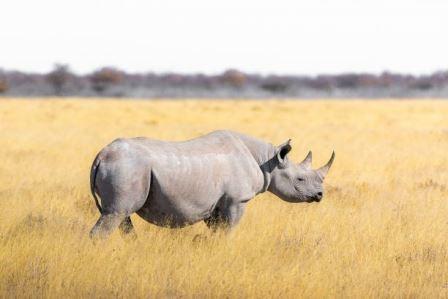Kenya has always been at the center of wildlife conservation due to its world-renowned national parks and an active conservation movement. Drawn by the large economic benefits brought about by tourism, wildlife conservation is however increasingly becoming a strained trade. Three events happened in the last two months that have cemented Kenya as the center
[elementor-template id="94265"]
